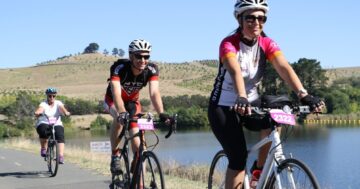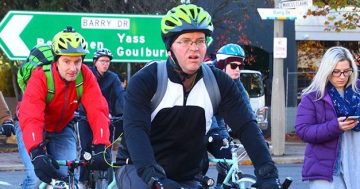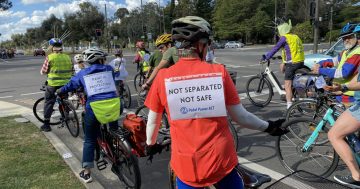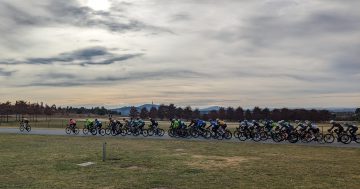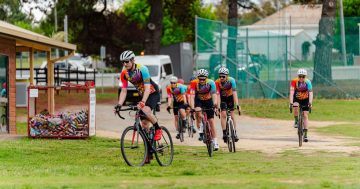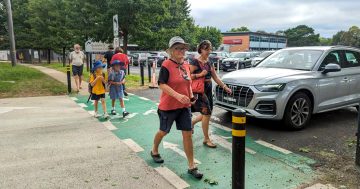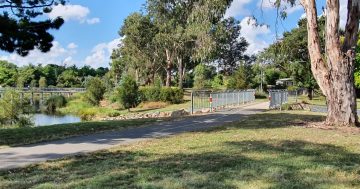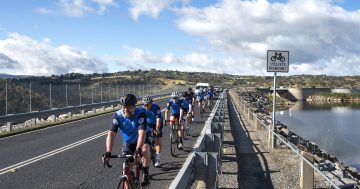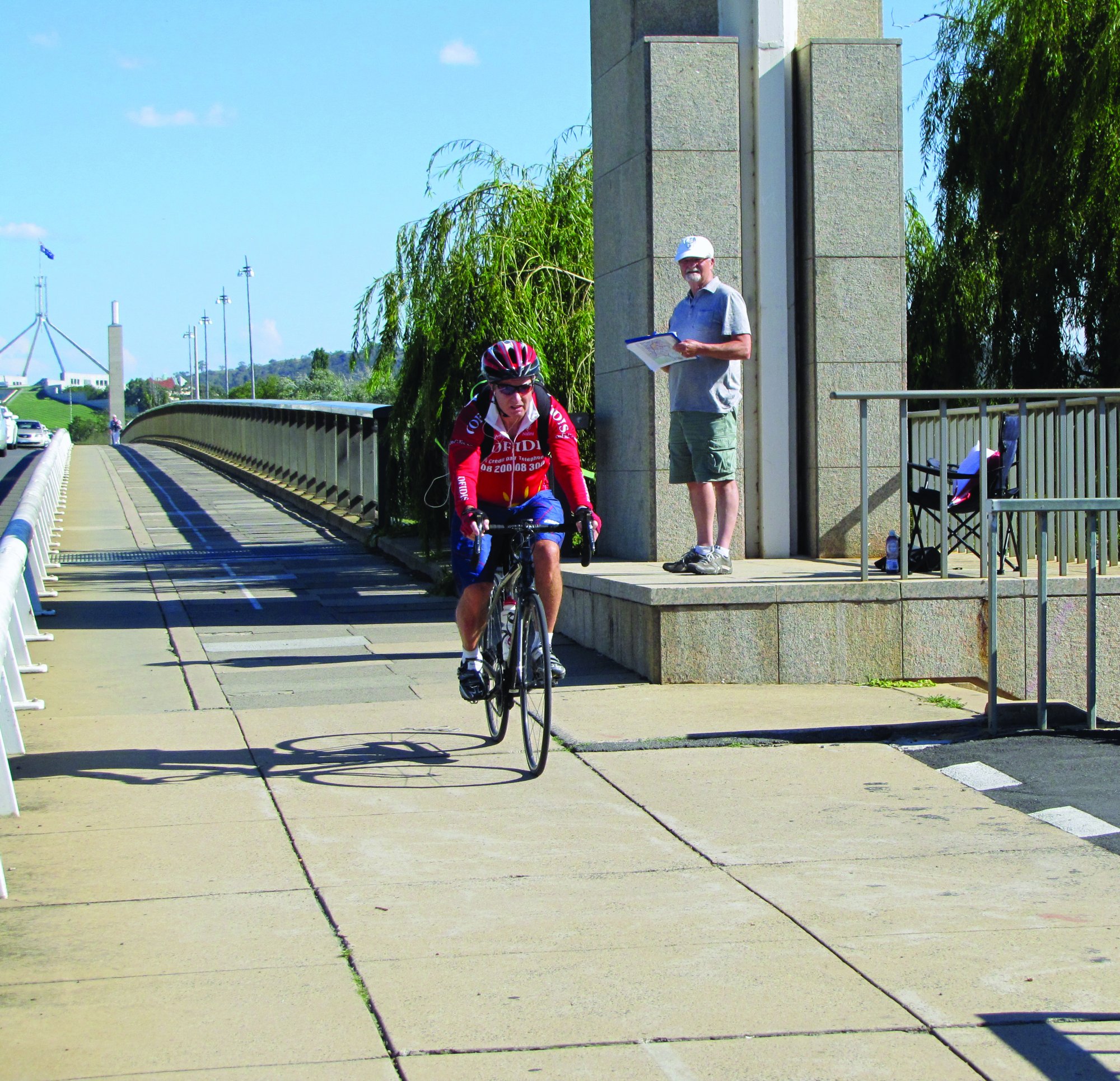
If you were traveling in or out of Civic on Tuesday the 7th of March you may have noticed people stationed around the city paying close attention to the people riding past them on bikes.
The annual ACT bike count has taken place every March since 2004.
Other states in Australia promote their bike counts ahead of time as ‘Super Tuesday’, encouraging people to participate regardless of whether they would usually cycle.
ACT bike count data is accurate, rigorous and useful to inform transport planning. The numbers are reflective of actual commuter cycling uptake and show who isn’t riding as much as who is.
Women made up only 30.7% of commuter bike riders this year. This cannot be attributed to any one reason, but it does indicate that if we want more people to use bikes for transport, we need to make riding more viable for women.
Since 2012 bike count data has been used by the ACT Government to inform planning for transport and infrastructure programs.
An initial review of the data collected by Pedal Power ACT on behalf of the ACT government during this year’s count in Civic shows that numbers have been dropping for the past couple of years. The number of people riding into Civic during the morning count is trending downwards 2.1% per year on average, over the past three years.
The downward trend is partly attributable to new housing in Civic. But with our population set to grow to 421,000 by 2020, we need stronger action on making riding for transport appealing to more Canberrans.
Part of the problem with getting more people – particularly women and children – to use active methods of travel is due to safety concerns. Research indicates building separated riding facilities is a proven method of getting more people onto a bicycle and reducing traffic and parking congestion.
114,000 people ride a bike in Canberra every month. Canberra has some of the highest cycling participation numbers in Australia, but most of us see cycling as a recreational or sporting activity rather than transport. Only 2.9% of those 114,000 bike riders use their bikes to get to work.
The ACT Government’s Active Travel Office has launched two initiatives aimed at getting more Canberrans riding to work in 2017, with the first Park and Pedal location in Australia at the Arboretum, and Canberra Walk and Ride Week.
A new program called Cycle Works is set to launch at the conclusion of Canberra Walk and Ride Week, which will encourage Canberrans to continue with the good habits they started.
Sign up and ride to work during April 2017, and work riding into your life. For your own good, and for the benefit of the entire ACT.
Anne Treasure is the Communications Manager for Pedal Power ACT. She writes on bike riding in the ACT from the perspective of a lapsed bicycle rider who should be cycling more.












